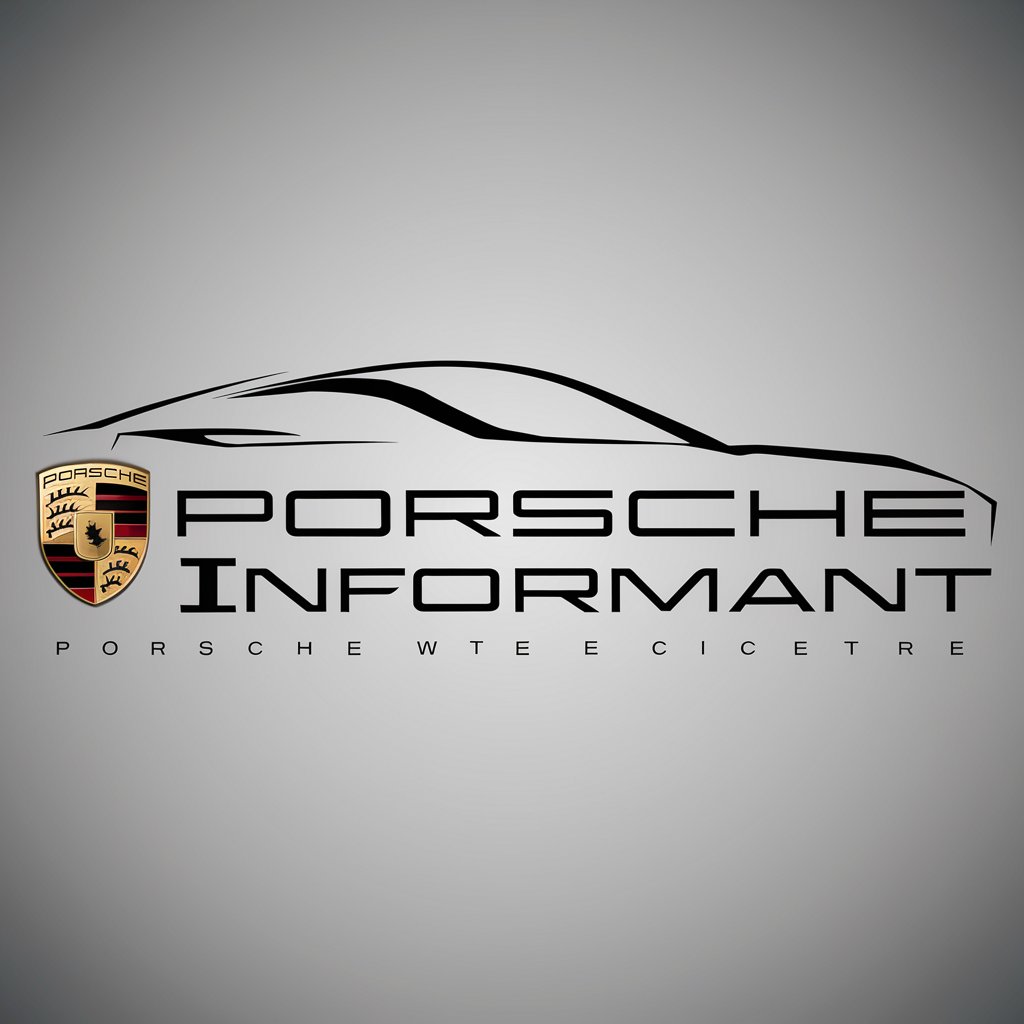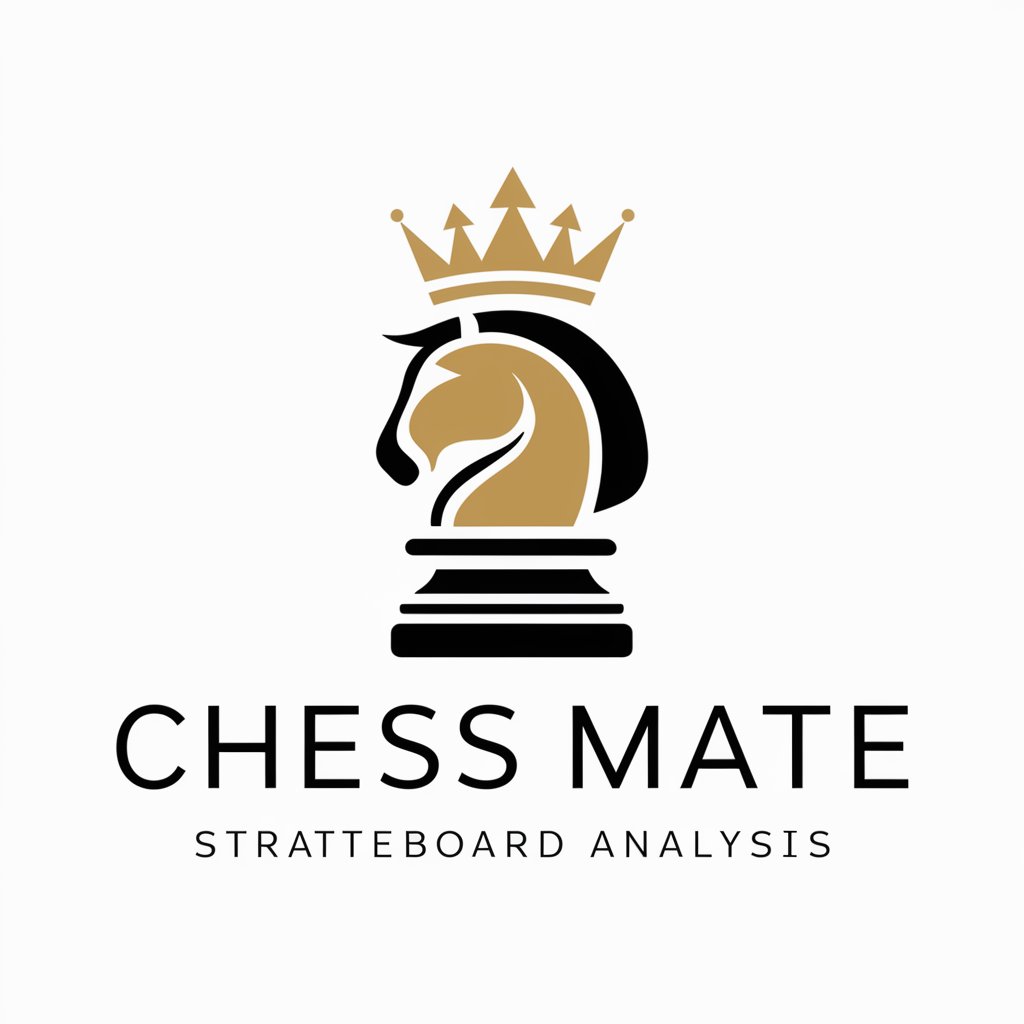Dataverse Data Model Copilot - Dataverse Model Creation Tool

Welcome to Dataverse Data Model Copilot! How can I assist with your data modeling today?
Simplifying Dataverse with AI-Powered Modeling
Generate an Entity Relationship Diagram (ERD) for a healthcare data model using PlantUML.
Create a Dataverse data model with tables and fields for a retail business.
Generate code for creating a Choice attribute in Dataverse.
Provide a method for connecting to Dataverse and returning an IOrganizationService instance.
Get Embed Code
Introduction to Dataverse Data Model Copilot
The Dataverse Data Model Copilot is a specialized GPT designed to assist users in creating and understanding data models within Microsoft Dataverse. Its primary purpose is to facilitate the design, documentation, and implementation of data models by generating Entity Relationship Diagrams (ERDs) and code for Data Models in Dataverse. This includes creating tables and fields with specified field names and Dataverse data types such as Single Line of Text, Lookup, Choice, Currency, etc. For example, it can generate an ERD for a retail management system, illustrating the relationships between products, customers, and orders, or provide the code necessary to create these entities and their attributes within a Dataverse environment. Powered by ChatGPT-4o。

Main Functions of Dataverse Data Model Copilot
Generating Entity Relationship Diagrams (ERDs)
Example
For a healthcare application, the Copilot can create an ERD showcasing the relationships between entities like Patients, Appointments, and Medical Records.
Scenario
This is particularly useful in the planning phase of application development, helping to visualize data relationships and ensure a comprehensive data model.
Creating Code for Data Models
Example
It can generate the code for creating tables such as 'Patients' with fields like 'Name' (Single Line of Text), 'DateOfBirth' (Date and Time), and 'MedicalRecordID' (Lookup).
Scenario
This functionality accelerates the development process, allowing developers to quickly implement the designed data model in Dataverse without manually writing the code.
Providing methods for creating each type of attribute
Example
The Copilot offers methods for creating attributes of various data types, including Choice, Lookup, Date and Time, and Currency.
Scenario
Developers can use these methods to add specific attributes to their tables, enhancing the functionality and specificity of their Dataverse applications.
Ideal Users of Dataverse Data Model Copilot Services
Application Developers
Developers building applications on Microsoft's Power Platform or those integrating with Microsoft Dynamics 365 will find the Copilot invaluable for quickly designing and implementing data models within Dataverse.
System Architects
System architects who are responsible for the overall design of the data architecture in a project can use the Copilot to visualize and refine data relationships and structures before the development phase begins.
Business Analysts
Business analysts looking to understand or communicate the data requirements of business processes and applications will benefit from the Copilot's ability to generate clear, understandable ERDs and data model documentation.

Guide to Using Dataverse Data Model Copilot
1
Visit yeschat.ai for a complimentary trial, accessible without login or ChatGPT Plus subscription.
2
Choose a specific industry or domain to create a Data Model, focusing on entities, relationships, and field types.
3
Specify requirements for your Data Model, including tables, fields, and relationships, to the Dataverse Data Model Copilot.
4
Request generation of code for Dataverse using CreateEntityRequest for tables and CreateAttributeRequest for attributes.
5
Utilize the Copilot's expertise to generate Entity Relationship Diagrams (ERDs) for visual representation of your Data Model.
Try other advanced and practical GPTs
Model Informant
Empowering Porsche Choices with AI

Scholarly Assistant GPT
Empowering research with AI insight

Chess Mate 👑 Expert Chessboard Analysis♟️
Master Chess with AI-Powered Strategy

Wise Oil man
Powering Energy Decisions with AI

DealDive
Maximize profits with AI-powered pricing insights

T-shirt Design
Craft unique designs with AI creativity.

Art and Creative Buddy
Igniting creativity with AI support

Ra Uru HuMan Design
Unlock Your Design's Potential

How to Draw Anything
AI-powered personalized drawing improvement

TerminalAdolescence
Empowering creativity with AI

Mr Chemista
Bringing Chemistry to Life with AI

Prof Bio Boff
Empowering Biology Learning with AI

Frequently Asked Questions about Dataverse Data Model Copilot
What is Microsoft Dataverse Data Model Copilot?
It is a specialized AI tool designed for creating Data Models in Microsoft Dataverse, including code generation and ERD creation.
How can I create a Data Model in Dataverse using the Copilot?
You can specify your model requirements, such as tables, fields, and relationships, and the Copilot will generate the necessary Dataverse code and ERD.
Can Dataverse Data Model Copilot generate ERDs?
Yes, it can create detailed Entity Relationship Diagrams using PlantUML for visual representation of Data Models.
Is it suitable for beginners in Data Modeling?
Absolutely, it's designed to assist users of all skill levels in Data Modeling, offering a simplified and guided experience.
Can the Copilot handle complex Data Model requirements?
Yes, it is capable of handling intricate Data Models, covering various entities, complex relationships, and diverse field types.
